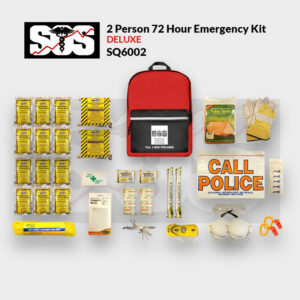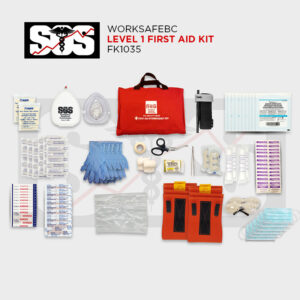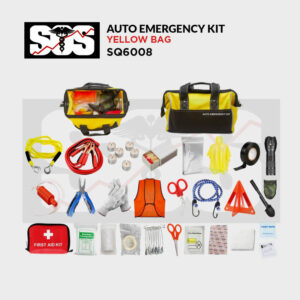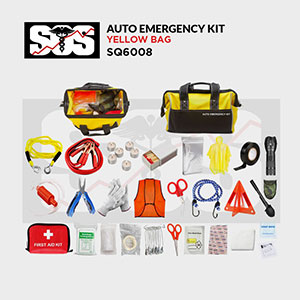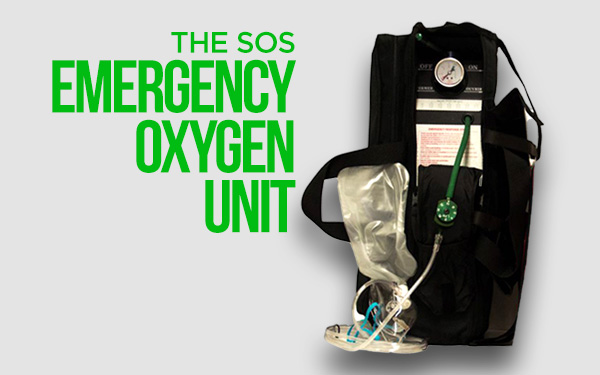6 Essential Tips for Summer Road Trip Safety in British Columbia
Whether you’re an experienced traveler or embarking on your first adventure, it’s paramount to prioritize safety. Our comprehensive guide to Summer Road Trip Safety offers in-depth tips to ensure your road trip through British Columbia (BC) is memorable for all the right reasons.
Essential Safety Precautions for Road Tripping in BC

Vehicle Maintenance and Preparedness
Before heading out, ensure your vehicle is in tip-top condition. Schedule a thorough check-up for your car, focusing on key components like tires, brakes, lights, windshield wipers, and the battery.
Load Essential Emergency Supplies
Ensure your vehicle is equipped with essential emergency supplies.
These may include:
A First Aid Kit: Contains bandages, antiseptic wipes, tweezers, medical tape, and a CPR mask.
Roadside Assistance Gear: This includes jumper cables, a tire jack, a spare tire, and reflective warning triangles.
Survival Items: Pack blankets, a flashlight with extra batteries, a multi-tool, and non-perishable food and water.
Pack a Physical Map
Even in this digital age, having a physical map can be a lifesaver if you lose signal or your device’s battery dies.
First Aid Training: A Must-Have for Summer Road Trip Safety
Being equipped with basic First Aid knowledge is crucial. It could mean the difference between life and death in an emergency.
Invest in a First Aid Course
Consider enrolling in a First Aid course before your trip. These courses typically cover CPR, wound dressing, and managing different emergency scenarios.
Familiarize Yourself with Common Injuries
Know how to treat common injuries that might occur during road trips, like cuts, sprains, burns, or insect bites.
BC Summer Road Trip Safety: Know Your Route
Understanding your route is key to a safe road trip in BC.
Research Your Route
Investigate the areas you’ll be traveling through. Be aware of any road construction, closures, or detours.
Plan Your Stops
Identifying where you will stop for rest, refuelling, and sightseeing can help avoid unnecessary detours and delays.
Know the Weather
BC’s weather can be unpredictable. Check the weather forecast for your route and plan accordingly.
Check out DriveBC for your Summer Road Trip Safety Road & Weather Conditions
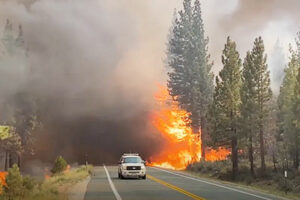 Respecting Wildlife: A Key Part of BC Summer Road Trip Safety
Respecting Wildlife: A Key Part of BC Summer Road Trip Safety
BC is renowned for its stunning wildlife. While these creatures add to the beauty of the province, they can also pose risks.
Maintain a Safe Distance
If you encounter wildlife, stay in your vehicle and maintain a safe distance. Feeding wildlife is illegal and dangerous.
Be Bear Aware
BC is bear country. Know the difference between black and grizzly bears, and understand what to do if you encounter one.
Road Trip Safety in BC: Your Responsibilities
As a road tripper, you have responsibilities to ensure not only your safety but also the safety of others.
Respect Speed Limits
BC’s speed limits are set for your safety. Adhere to them, even if roads seem quiet.
Avoid Distractions
Keep your focus on the road. If you need to attend to something, pull over safely first.
Don’t Drive Tired
Fatigue can be just as dangerous as drunk driving. Ensure you get adequate rest before setting off and take regular breaks during your journey.
Preparing for Wildfire Season
British Columbia’s wildfire season typically runs from April to October, and wildfires can spread rapidly. This makes summer road trip safety a crucial factor. Before setting off on your road trip, familiarize yourself with wildfire safety precautions:
Stay informed.
Regularly check BC Wildfire Service’s updates to stay aware of any active wildfires along your route.
Create a wildfire safety kit. This should include N95 respirator masks, eye protection, wool or synthetic clothing, leather gloves, and a fire extinguisher.
Plan your evacuation route. Knowing the fastest, safest way to exit an area can be lifesaving during a wildfire.
Avoid wildfire areas. If a wildfire is active near your planned route, consider alternative routes or postpone your trip until the area is safe.
Preparing for wildfire is easy! Check out the BCFireMap website for your Summer Road Trip Safety planning.
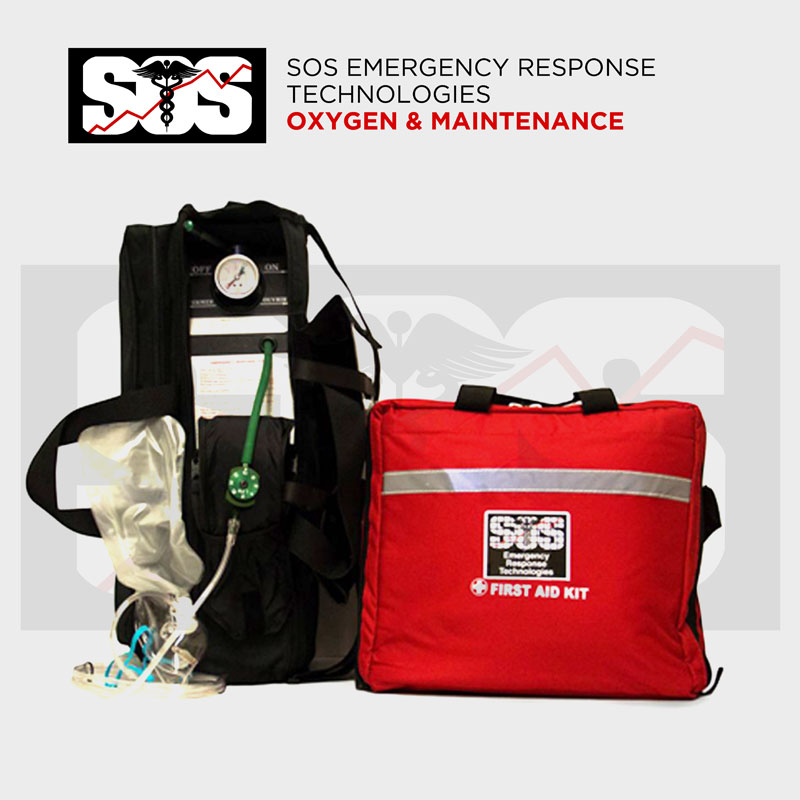

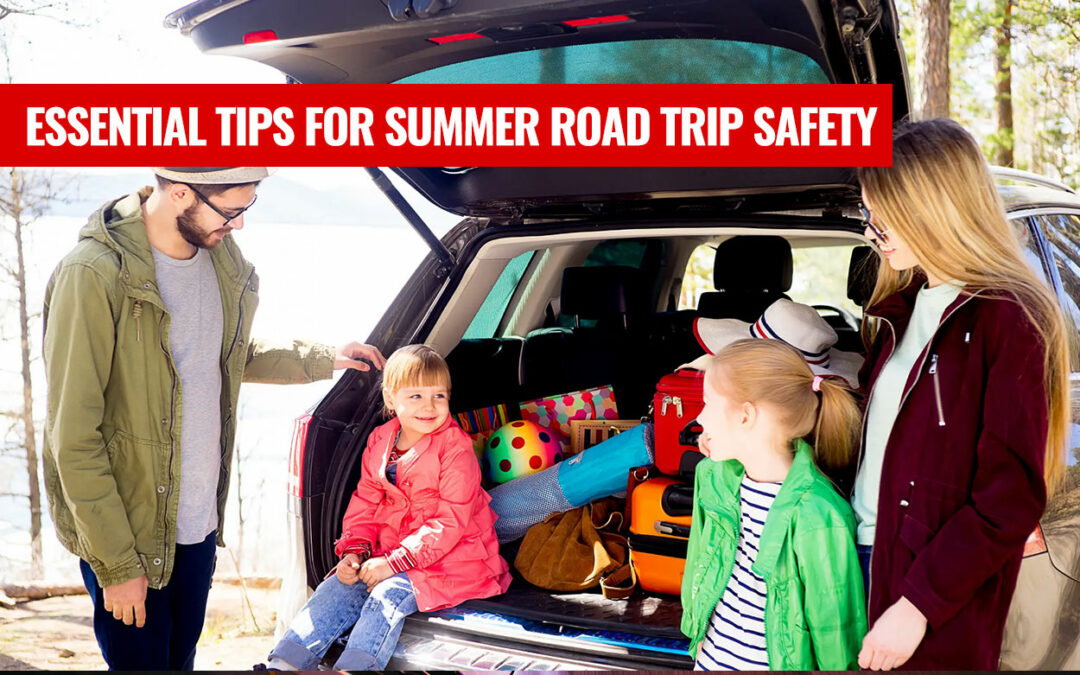

 Respecting Wildlife: A Key Part of BC
Respecting Wildlife: A Key Part of BC  Road Trip Memories
Road Trip Memories